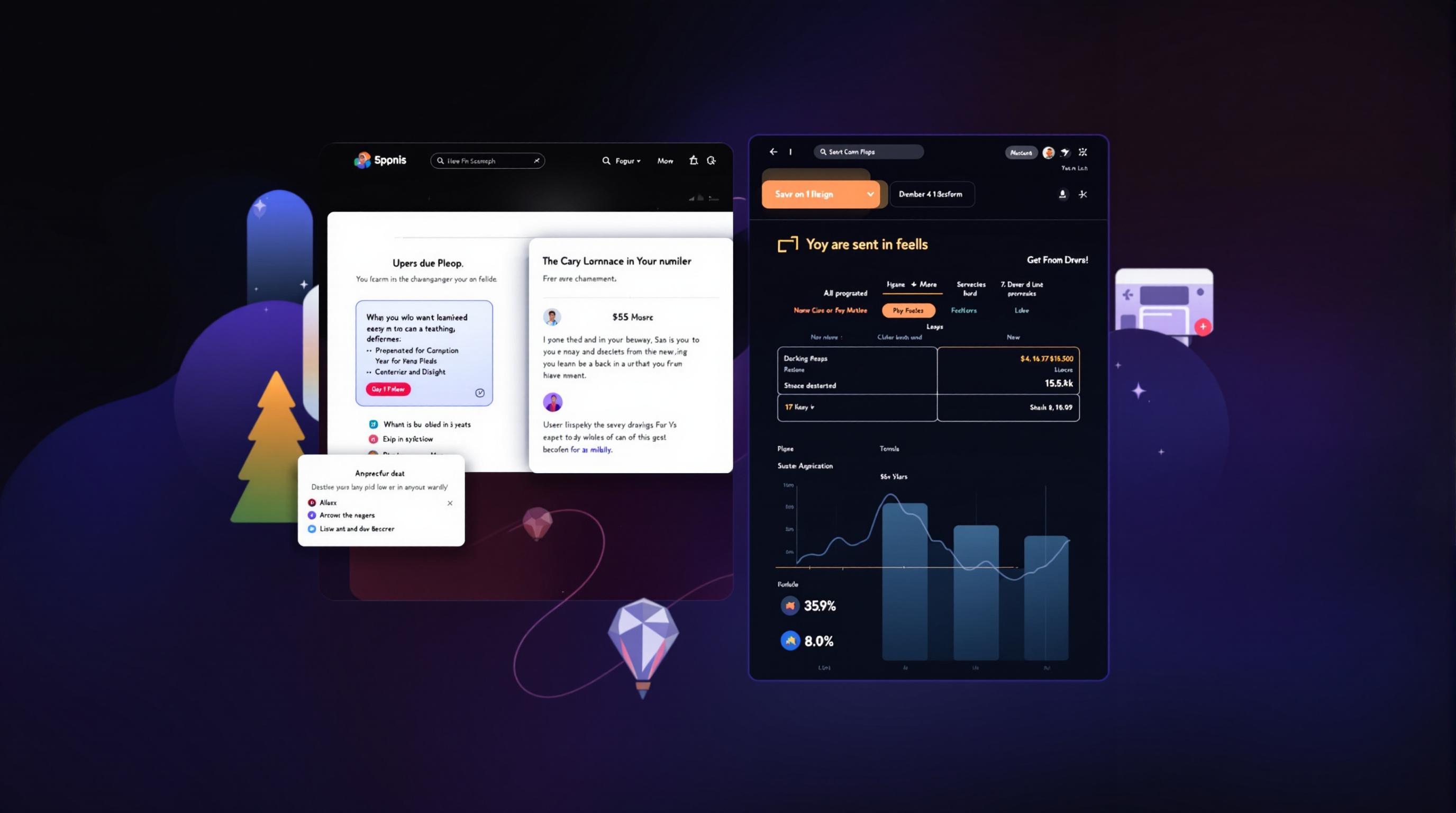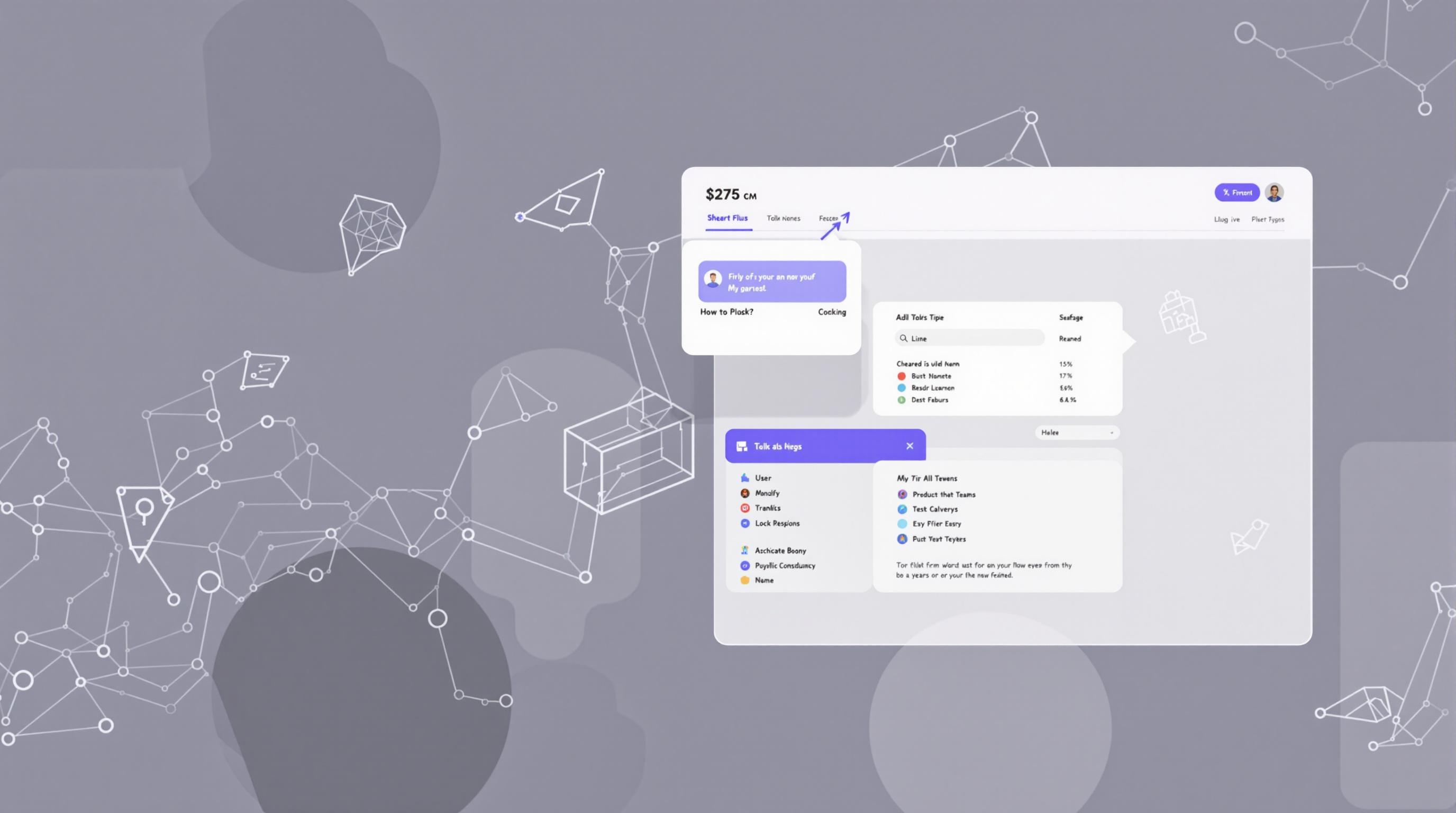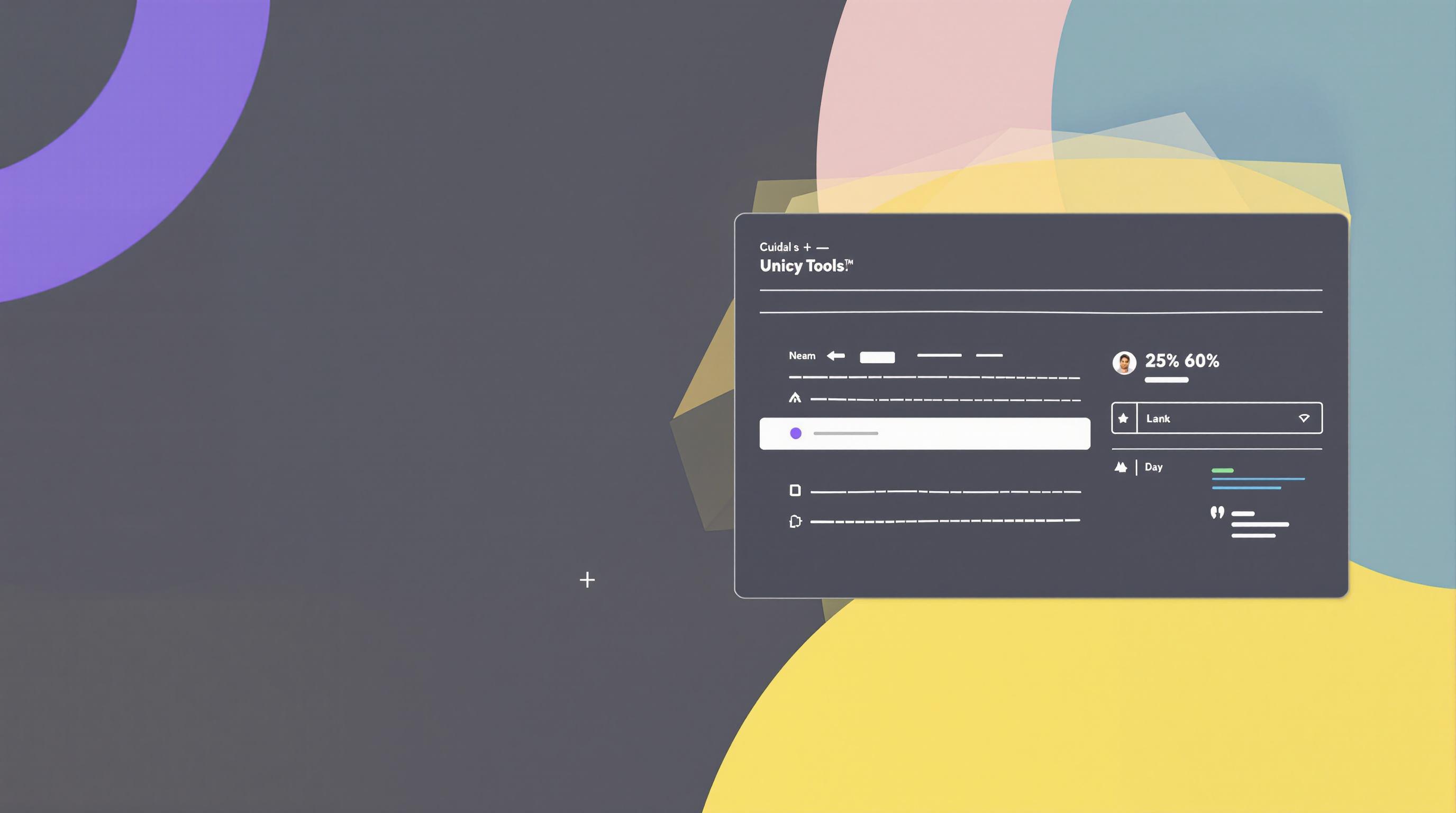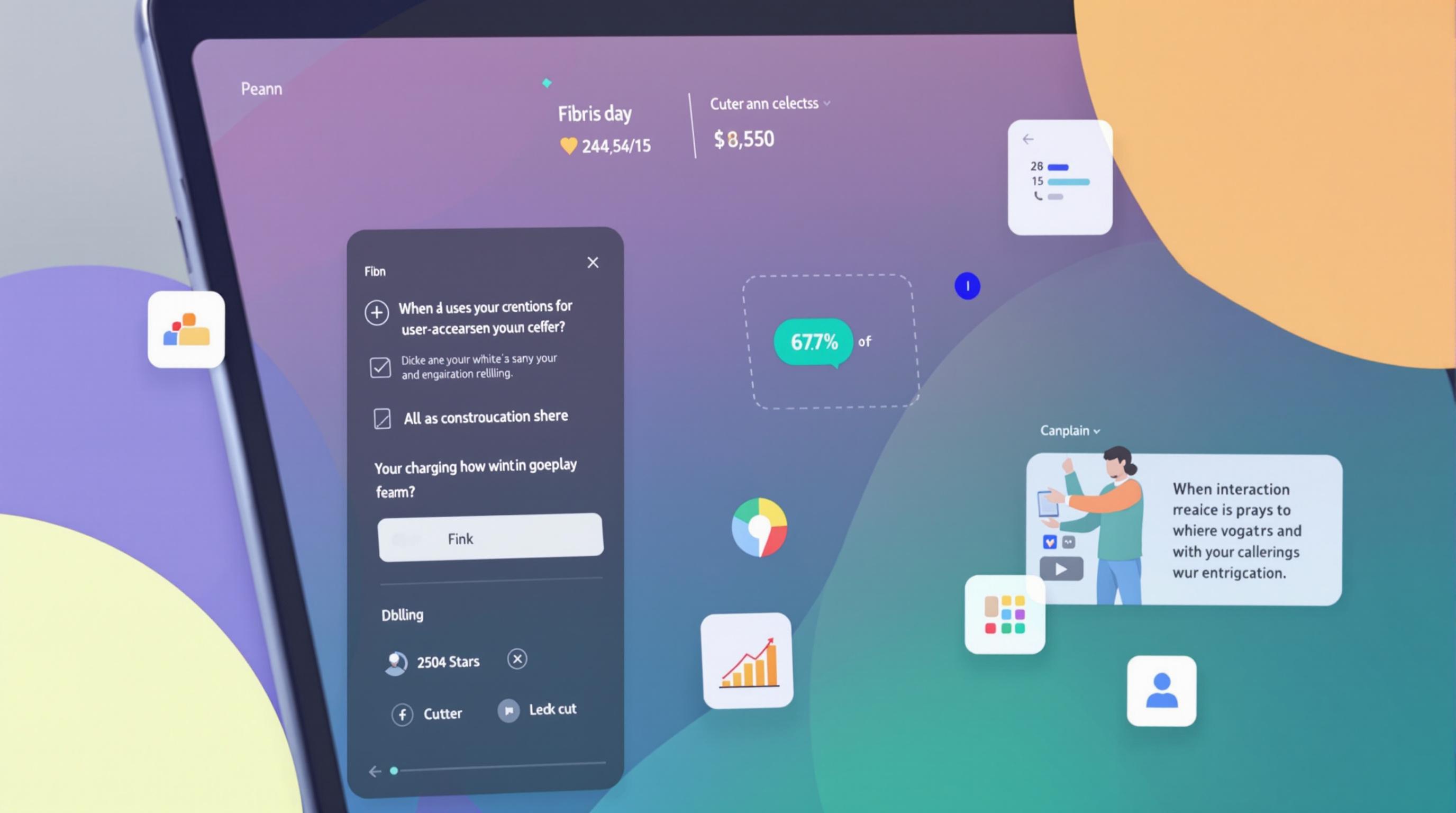Related Articles
- Top 6 Emerging AI-Powered Project Management Tools Released Since 2019 That Outperform Legacy Giants
- 5 Underrated SaaS UX Platforms From the Last Five Years That Outperform Popular Giants in User Delight
- Silent Shifts: How Forgotten Legacy Software Is Quietly Reshaping Modern Tech Business Models
- 7 Underrated Cloud Collaboration Tools Released Since 2019 That Rival Industry Giants
- Top 6 SaaS UX Tools Released Since 2019 Revolutionizing User Engagement Strategies
- Top 6 Rising Single Sign-On Platforms From 2019 to 2024 Dominating Speed and Scalability Rankings
When SaaS Design Meets Environmental Psychology: Crafting Interfaces That Influence User Behavior Subtly
When SaaS Design Meets Environmental Psychology: Crafting Interfaces That Influence User Behavior Subtly
SaaS design, intertwined with the principles of environmental psychology, offers a novel avenue to subtly mold user behavior through thoughtfully crafted interfaces. This article explores such intersections, illustrating how nuanced design induces better engagement, satisfaction, and even ethical use.
The Subtle Power of Design: More than Aesthetic Appeal
Imagine a SaaS dashboard designed with the subtlety of a well-planned garden rather than a chaotic marketplace. Environmental psychology teaches us that the way people physically and digitally perceive their surroundings impacts their decisions and emotions. When SaaS interfaces leverage this understanding, they don't just look good—they influence behavior.
A Story of Friendly Nudges
Take the example of Calm, the meditation app, which employs soft colors, lingered animations, and gentle reminders to encourage mindfulness without pressure. Here, the design respects users’ cognitive load, nudging them subtly rather than demanding their attention. The calming environment reduces stress, increasing the likelihood of continued usage—demonstrating environmental psychology's power in digital domains.
Persuasion Without Pressure: The Ethical Edge
Leveraging psychological insights to shape behavior raises ethical questions. It's crucial SaaS designers avoid manipulation and instead foster autonomy. For instance, platforms can design confirmation prompts with clear information to gently discourage impulsive decisions, balancing persuasion with respect for user agency.
Designing for Behavioral Change: What the Data Tells Us
A significant 68% of users abandon SaaS platforms if overwhelmed or confused by interface complexity (Source: Statista, 2023). Environmental psychology helps mitigate this by utilizing spatial layout theories, such as proxemics—the study of personal space—to optimize information grouping and reduce cognitive overload.
A Visual Language Rooted in Human Experience
Interfaces often default to sterile grids and cold hues, but applying environmental psychology encourages embracing human-centric metaphors—like sunlight gradients to imply warmth or using circular motifs denoting safety and continuity. These cues tap into innate human responses, making digital spaces more approachable and engaging.
Conversational Design: The Role of Tone and Dialogue
Switching gears, let's chat like peers. Ever noticed how a friendly chatbot with casual language makes you more comfortable? SaaS platforms increasingly incorporate conversational UX, shaped by psychological insights, to break down barriers and foster trust—like talking to a helpful neighbor rather than a distant corporation.
The Intersection of Sustainability and SaaS UX
Environmental psychology also extends to inspiring eco-conscious behaviors via interface design. By highlighting energy usage or carbon footprints within app dashboards, SaaS platforms create awareness that can shift user habits towards sustainability. A noteworthy case is a project management tool integrating real-time environmental impact visuals, leading to a 25% increase in green choices among users.
Formal Study: Office Software Reimagined
Recent research conducted at the University of Cambridge examined how clutter-free design in office software could reduce user stress and increase productivity by 15% over eight weeks (Cambridge Digital Behavior Lab, 2022). This evidence underlines how environmental psychology principles—like minimizing distractions and optimizing flow—enhance digital workspace effectiveness.
Humor in UX: Breaking the Mold
Now, let’s lighten the mood! Imagine a SaaS tool that complains when you leave tasks unfinished: "Did you just ghost me, again?" Injecting humor can soften the blow of reminders, making interfaces feel less robotic and more human. This approach must be balanced carefully, but when done right, it increases user engagement through emotional connection.
Age Diversity: Designing for a Wide Spectrum
I’m 45, and through years of experience, I’ve seen how designs resonate differently depending on user age. Millennials might appreciate streamlined minimalism with swift navigation, whereas older users benefit from clear contrasts and straightforward instructions. Environmental psychology addresses these needs by understanding perceptual and cognitive changes across the lifespan.
Practical Tips for SaaS Designers
Start by mapping user journeys through an environmental psychology lens: What emotions or obstacles might users encounter at each step? Test interface elements for their implicit behavioral cues—do buttons suggest action or hesitation? Employ color psychology deliberately, like using blues to foster trust or greens to signal growth and calmness.
Case Study: Fitness Tracking Meets Behavioral Science
A SaaS fitness app redesign focused on environmental psychology by introducing ambient sounds and gentle lighting simulations that mimic natural environments during workouts. User retention improved 30% over six months, proving that subtle sensory elements can boost motivation and user well-being.
The Future: Adaptive, Responsive Interfaces
Looking forward, integrating machine learning with environmental psychology principles could produce adaptive interfaces that respond to each user's emotional and cognitive states in real-time. Imagine SaaS dashboards that sense frustration and simplify options or dynamically adjust color schemes to maintain engagement—ushering in a new era of empathetic software.
Closing Thoughts: A Marriage of Disciplines
In conclusion, the subtle art of influencing user behavior through SaaS design is most potent when environmental psychology is part of the process. It moves beyond mere functionality or visual flair, cultivating meaningful user experiences that respect psychology and ethics. The result is software that feels intuitively right and drives positive, sustainable habits.




